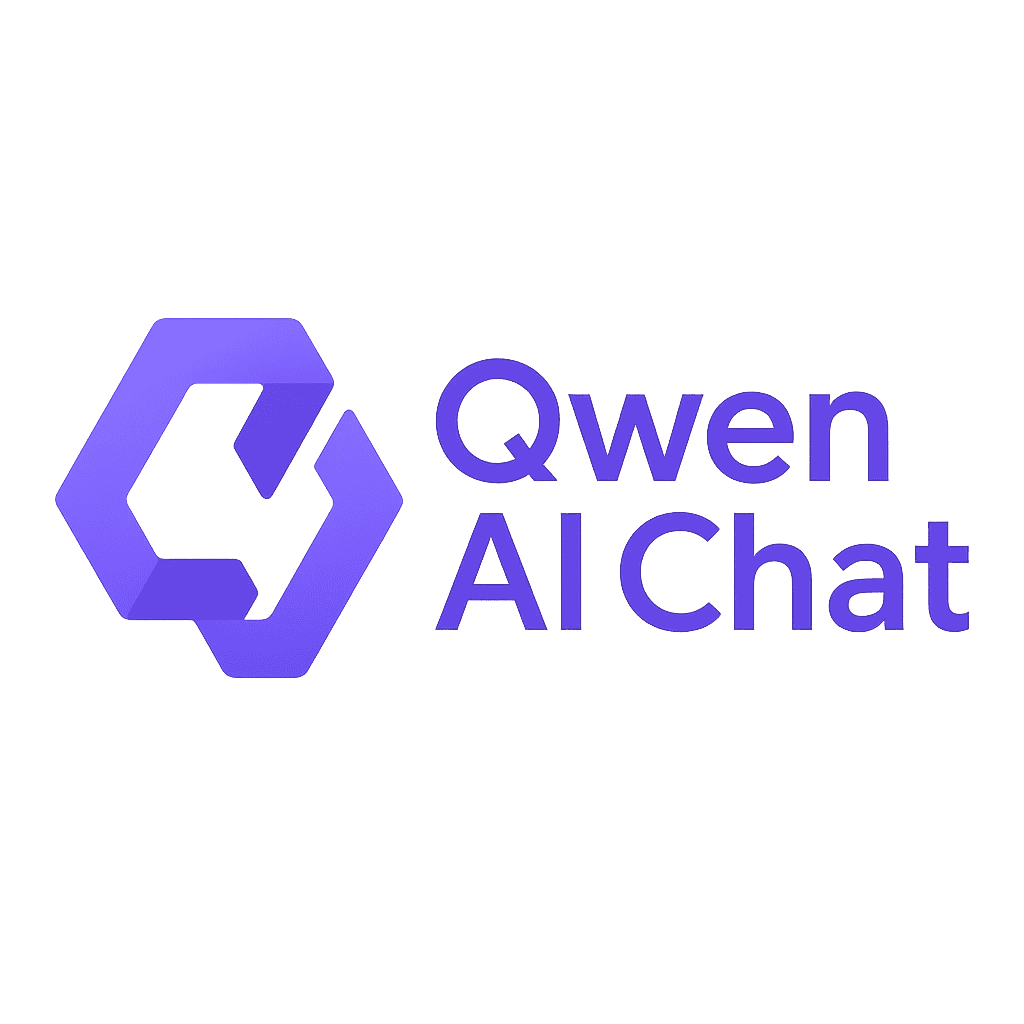Looking to understand how much it costs to use Qwen AI?
Here’s a full breakdown of the official pricing for various Qwen models on Alibaba Cloud’s Model Studio platform.
📝 Note: qwen-ai.chat is an independent site. All prices below are from the official Qwen AI providers .
Pricing Overview
Qwen AI follows a token-based billing system, where you’re charged based on the number of input/output tokens processed per request.
Most models offer a free quota and then scale based on usage.
Qwen-Flash Pricing
A lightweight, fast model optimized for cost-efficiency.
| Token Range | Input Price / 1M tokens | Output Price / 1M tokens |
|---|---|---|
| 0 – 256K tokens | $0.05 | $0.40 |
| 256K – 1M tokens | $0.25 | $2.00 |
Ideal for low-cost, high-speed tasks like summarization and simple chats.
Qwen-Turbo Pricing
An upgraded model that balances performance and cost.
| Mode | Output Price / 1M tokens |
|---|---|
| Non-Thinking | $0.20 |
| Thinking Mode | $0.50 |
| Input (All modes) | $0.05 |
✅ 50% discount applies on batch requests or bulk API usage.
Qwen-VL-Max (Vision-Language Model)
One of the most affordable multimodal AI models available.
- Input price: ~¥0.003 / 1K tokens (≈ $0.00041 per 1,000 tokens)
- Output pricing: Not publicly listed (but remains competitively low)
Ideal for image + text understanding with ultra-low cost compared to rivals like GPT-4V.
How Billing Works
- You’re charged based on:
- Input tokens × per-million rate
- Output tokens × per-million rate
- In multi-turn conversations, previous output is considered part of the next input
- You can monitor usage via Alibaba Cloud’s dashboard
Is It Free to Use?
Yes, most users start with a free quota that includes:
- Free token credits upon account activation
- Up to 180 days validity
- Access to testing and limited API usage
No credit card required for basic usage.
Summary Table
| Model | Input Price | Output Price | Notes |
|---|---|---|---|
| Qwen-Flash | $0.05 – $0.25 | $0.40 – $2.00 | Cheapest option for lightweight use |
| Qwen-Turbo | $0.05 | $0.20 – $0.50 | Powerful with Thinking/Non-Thinking modes |
| Qwen-VL-Max | ≈ $0.00041 | N/A (very low) | Multimodal (text + image), ultra-cheap |
Official Pricing References
Pro Tips
- For small-scale tasks or testing: Qwen-Flash
- For production and complex reasoning: Qwen-Turbo
- For visual tasks or mixed media: Qwen-VL-Max
Looking to start using Qwen? Read our Register Guide or visit the How to Use page.
